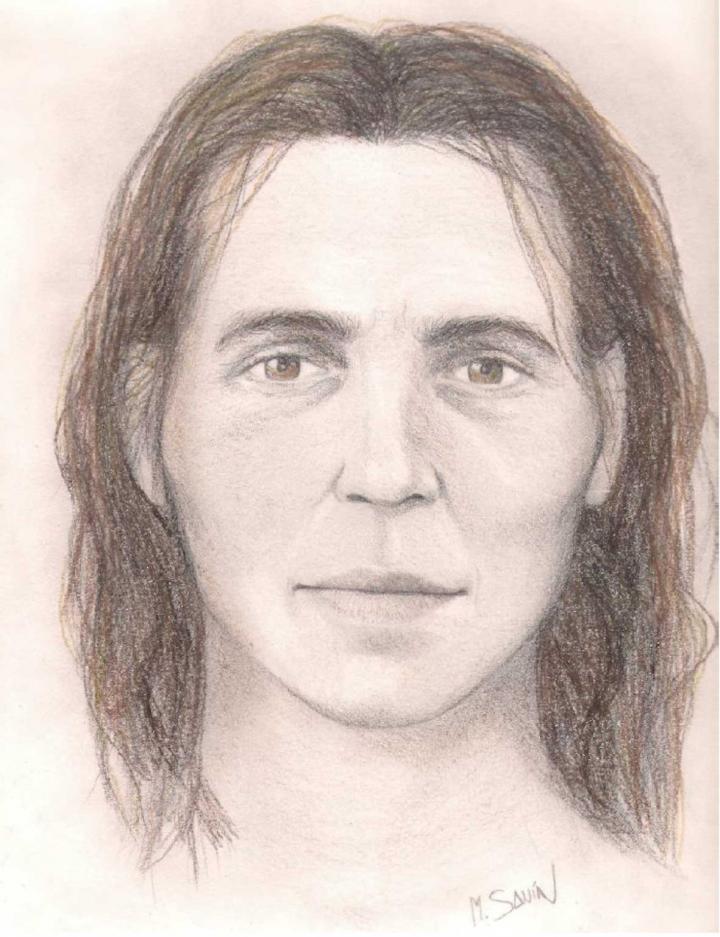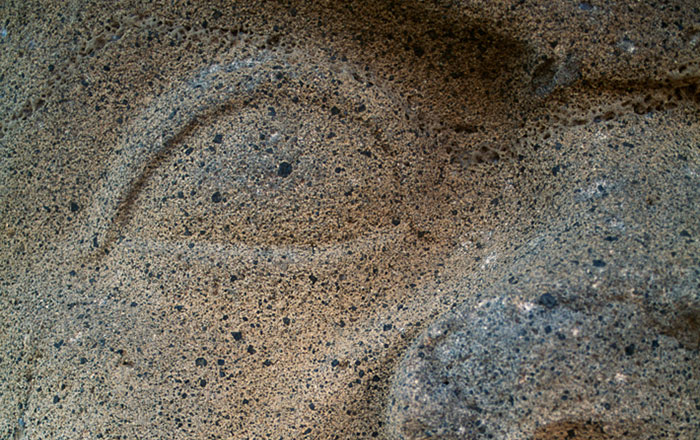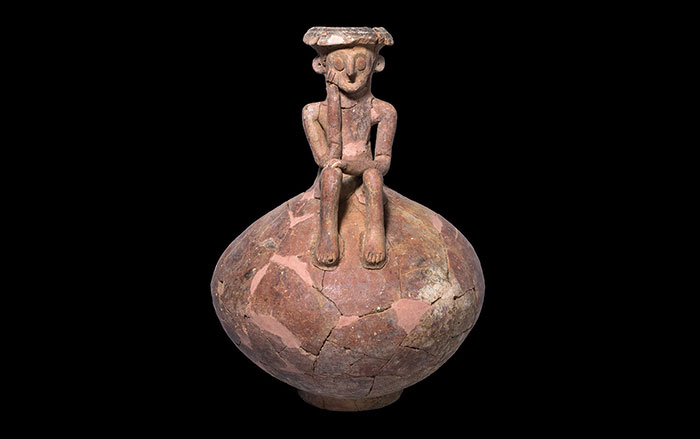
FERRARA, ITALY—Seeker reports that an international team of scientists, led by Gloria Gonzalez-Fortes of the University of Ferrara, studied possible relationships between local hunter-gatherers and early Anatolian farmers who lived side by side in what is now Romania’s Danube River basin. They analyzed the genomes of four individuals who lived in the region between 8,800 and 5,400 years ago, and compared them to other hunter-gatherer genomes recovered in Europe. The results suggest that the farmers, who had migrated from Anatolia, and the local hunter-gatherers did produce children together, and may have lived together, despite cultural differences. The researchers speculate that the farmers may have supplemented their crops with gathered food as they moved across Europe and encountered challenging climatic conditions, perhaps bringing the two groups into contact. Chemical analysis of the bones indicates that the contact between the two groups broadened the diets of all to include cereals, legumes, sheep, goats, cattle, pigs, nuts, plants, fish, shellfish, and even dairy products, even though the individuals in the study were lactose intolerant. For more, go to “Europe's First Farmers.”











